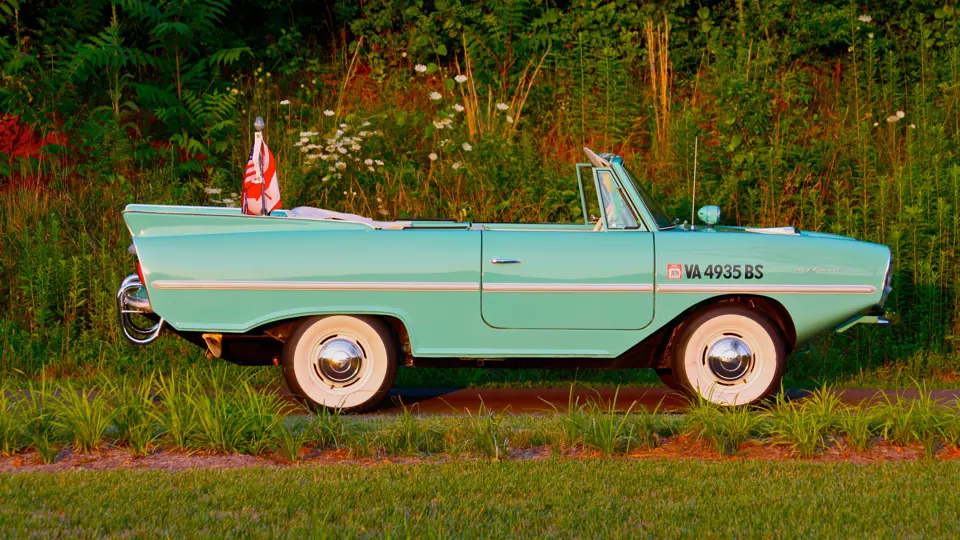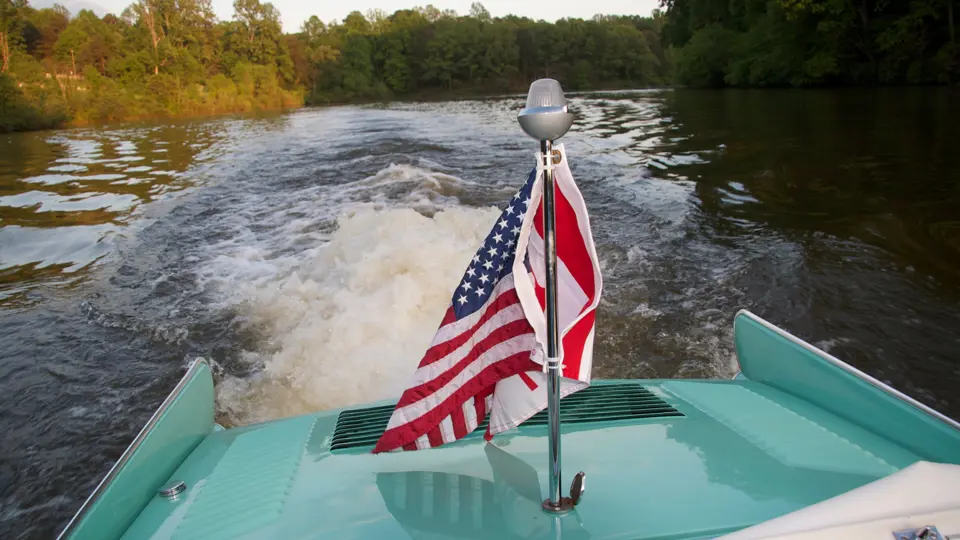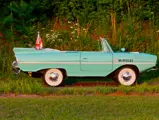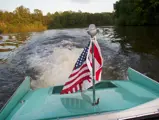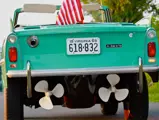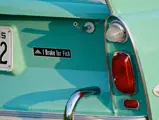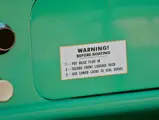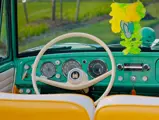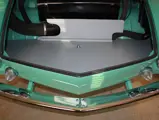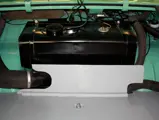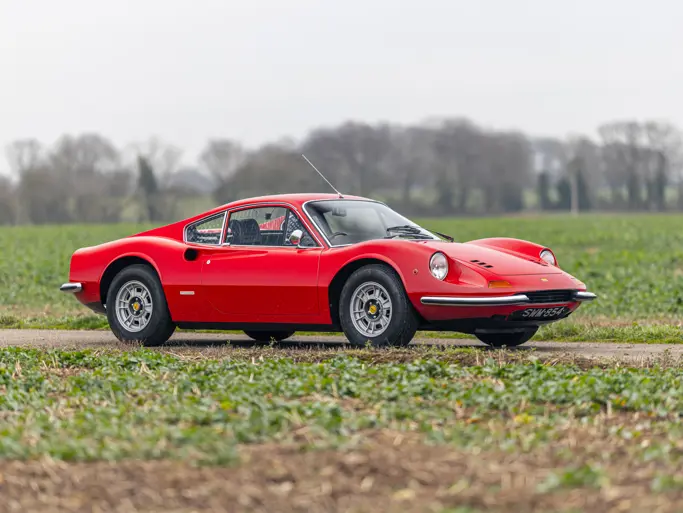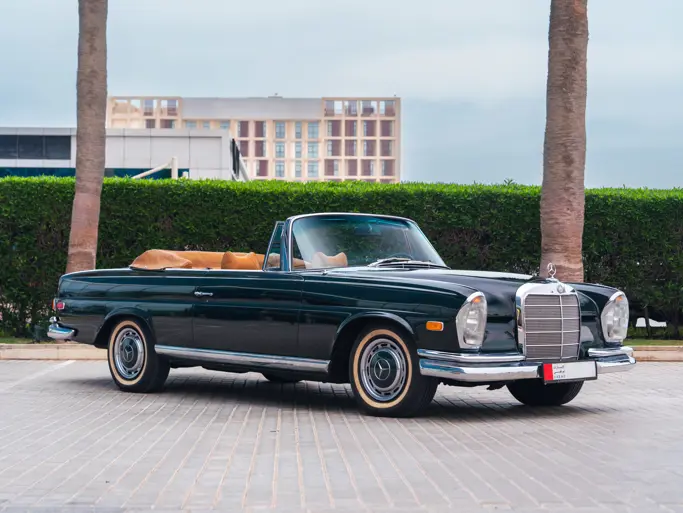43 bhp, 1,147 cc Triumph OHV inline four-cylinder engine, four-speed manual transmission, coil-spring independent trailing arm front and rear suspension, and four-wheel hydraulic drum brakes. Wheelbase: 82.7"
• Nut-and-bolt rotisserie restoration by Amphicar specialist Roger Sallee
• Less than 900 miles since restoration
It’s a car. It’s a boat. Actually, it’s both. Developed in West Germany, the Amphicar was aimed squarely at America’s leisure market and debuted at the 1961 New York Auto Show. As the culmination of a 15-year, $25 million development program, the Amphicar was conceived by amphibious-vehicle pioneer Hans Trippel.
A mid-rear mounted 1,147 cc Triumph Herald inline four-cylinder engine was mated to a German Hermes transmission, directing power to the rear wheels on land and, once on water, to twin propellers at the rear. The front wheels provided directional control both on land and water, the doors had special watertight seals, and the front compartment contained the fuel tank, spare tire and tools.
Amphicar marketing highlighted the vehicle’s ease of operation, and its unofficial “770” designation referred to its factory-claimed top speeds of seven knots on water and 70 mph on land. It is generally agreed that 3,878 were built through 1967, with the majority exported to the USA until the onset of the first wave of Federally-mandated safety and emissions regulations for 1968. At $3,395, the Amphicar was priced similarly to a contemporary Austin-Healey 3000, and the Amphicar’s cuteness earned it a strong and enduring following that endures today.
The 1965 Amphicar 770 offered here was the subject of a nut-and-bolt rotisserie restoration by noted Amphicar restoration specialist Roger Sallee. Less than 900 miles have been driven since then, and we are told the vehicle remains in excellent condition. With perhaps the most festive and sought-after color combination of Fjord Green with an Apricot interior, this Amphicar is certainly eye catching, whether in use or parked in a garage or boathouse!

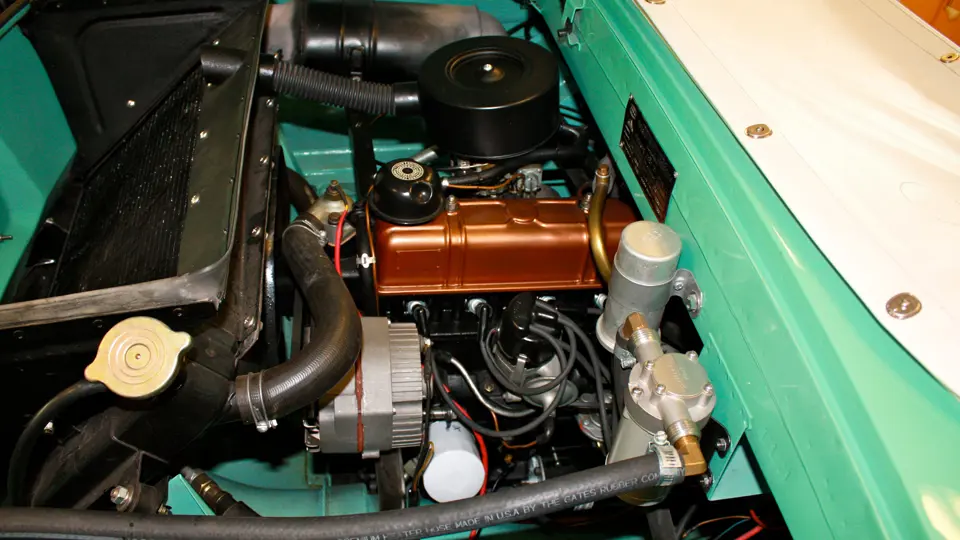


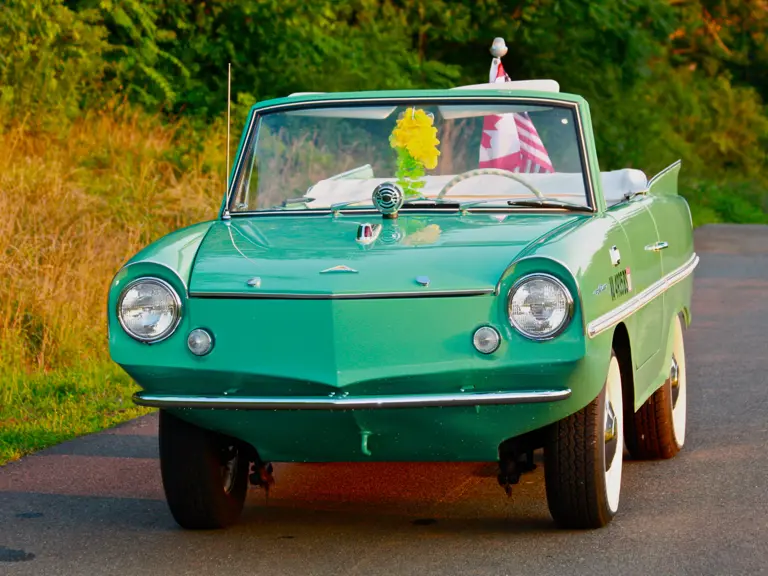
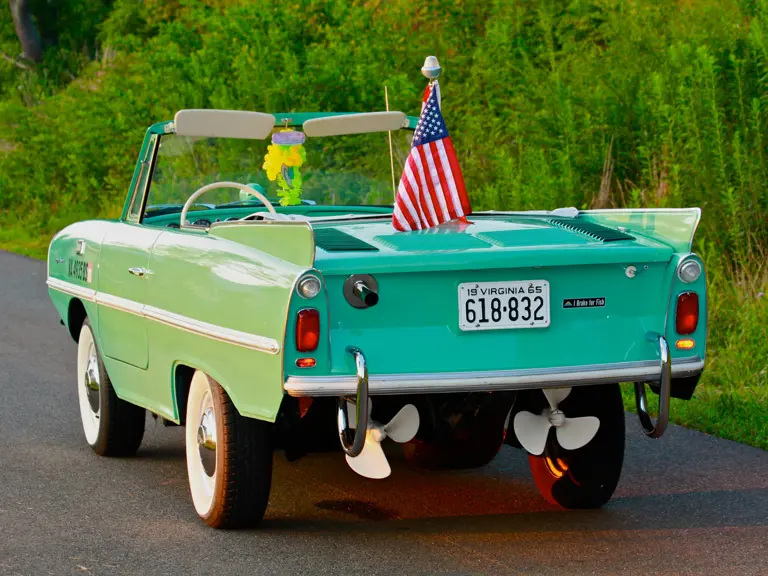
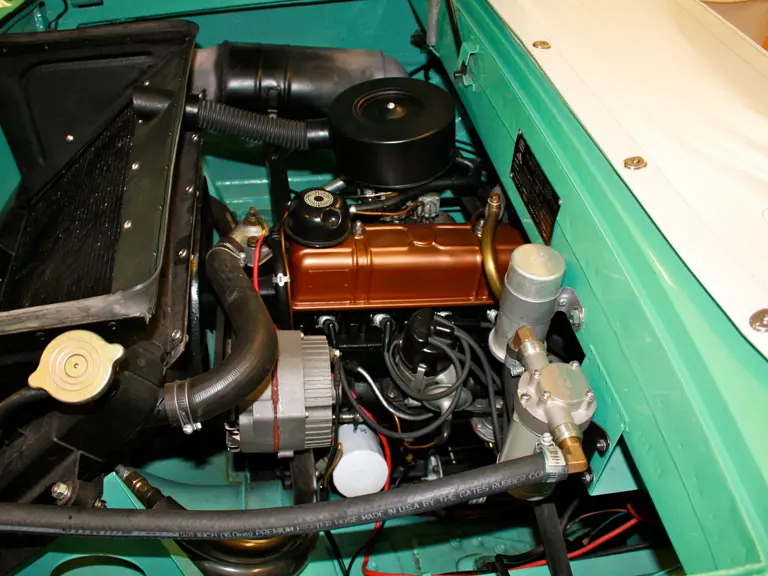


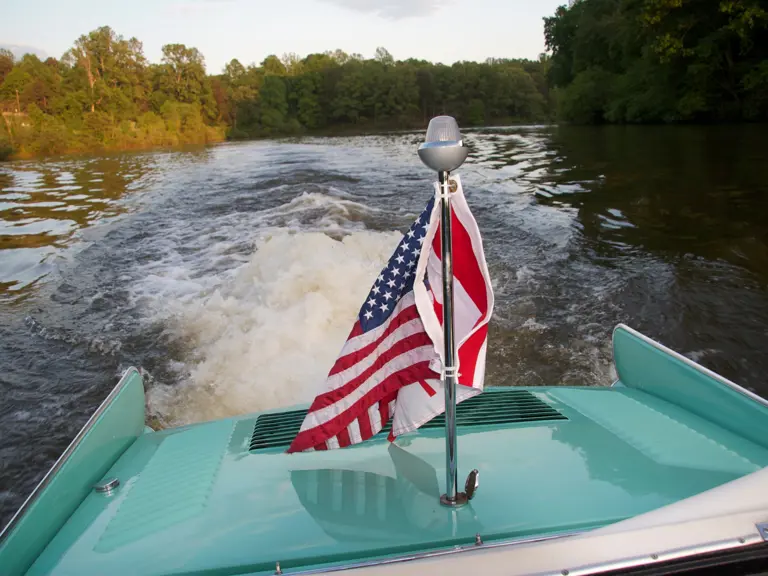

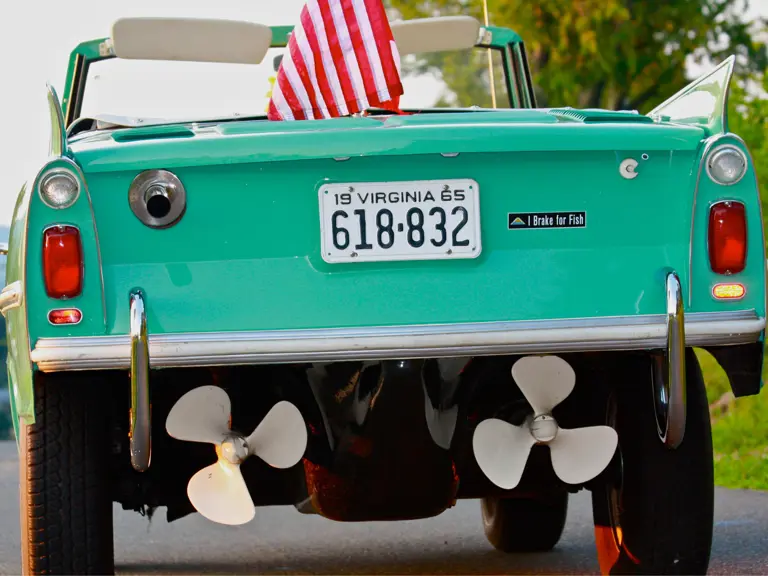
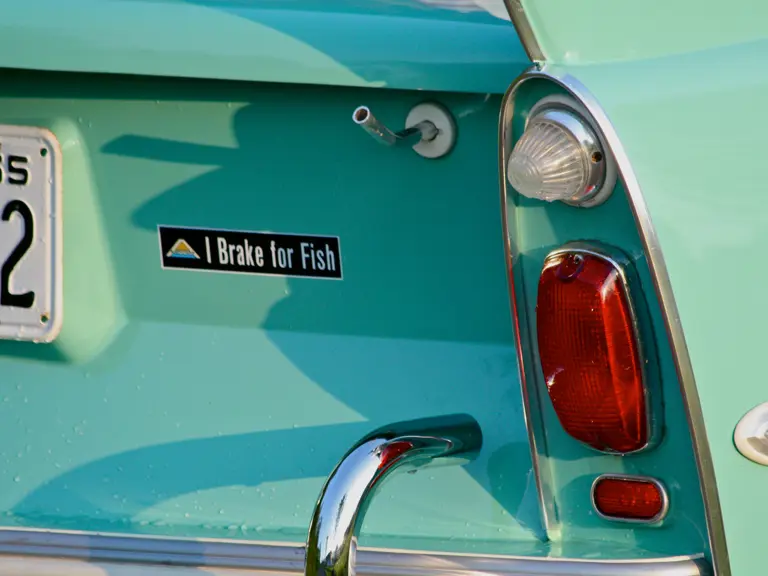
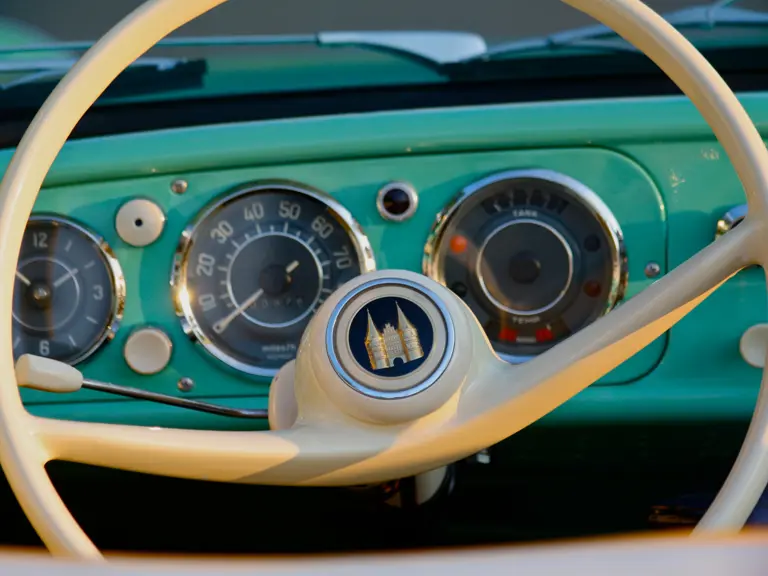
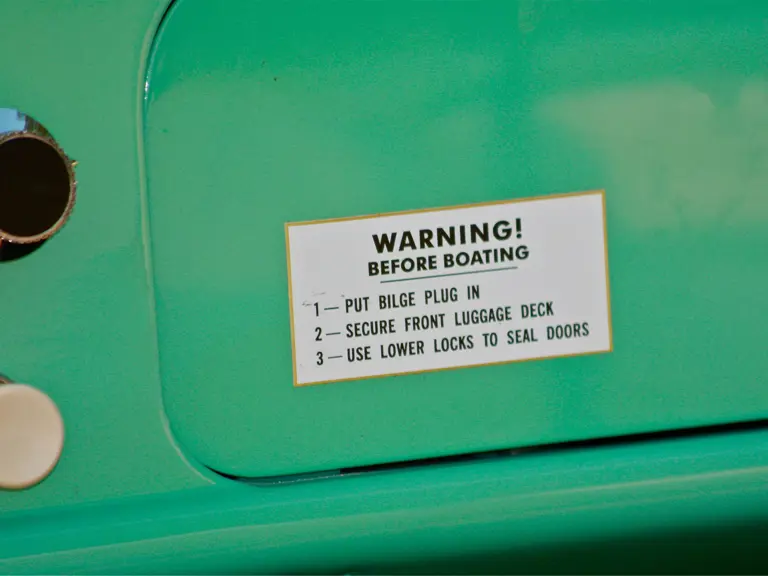
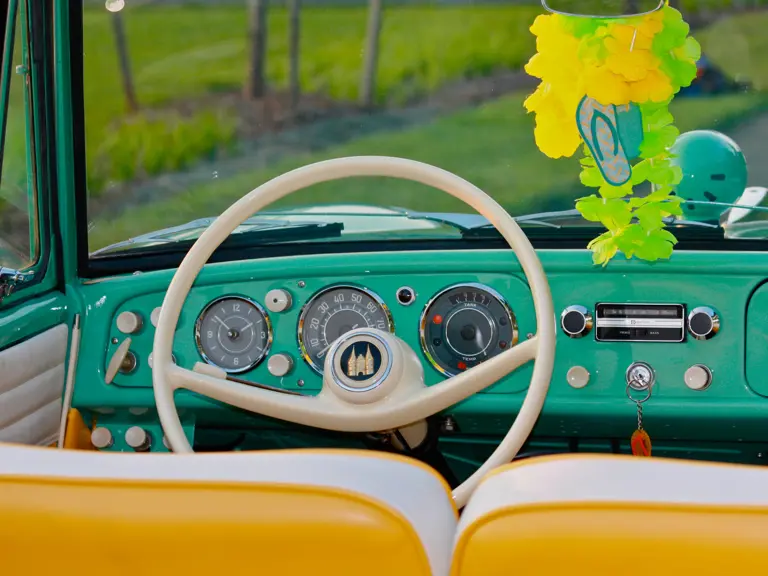
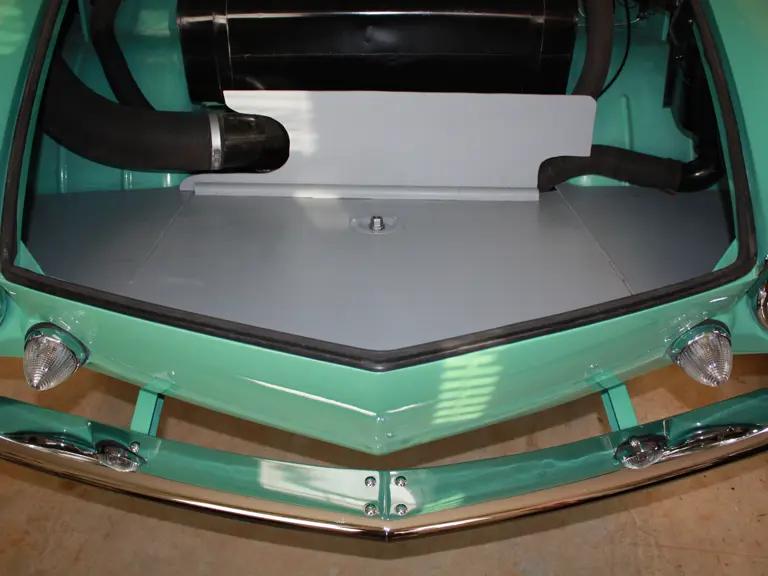
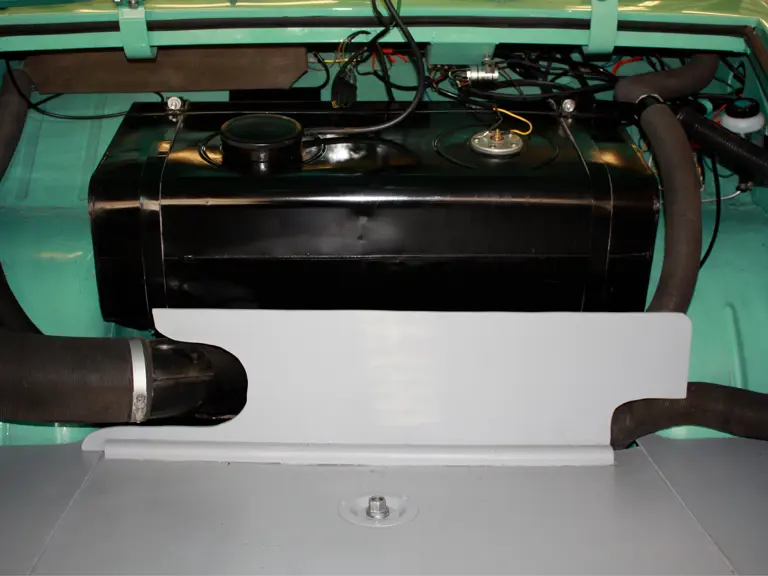

 | Amelia Island, Florida
| Amelia Island, Florida
